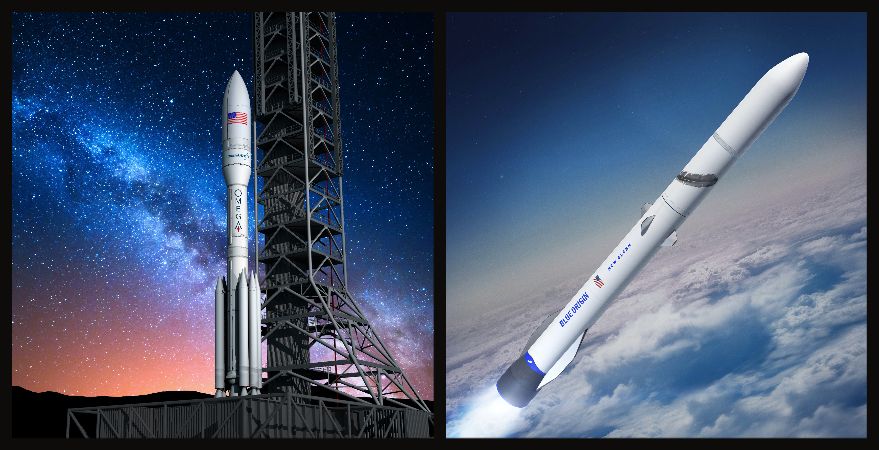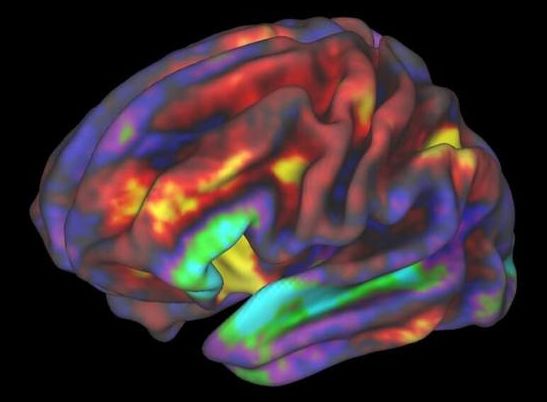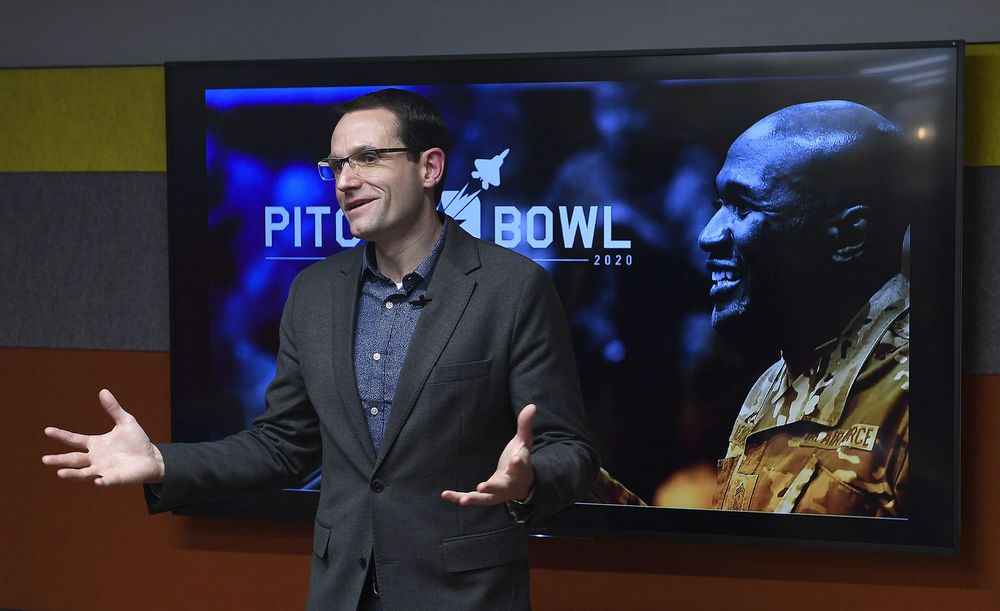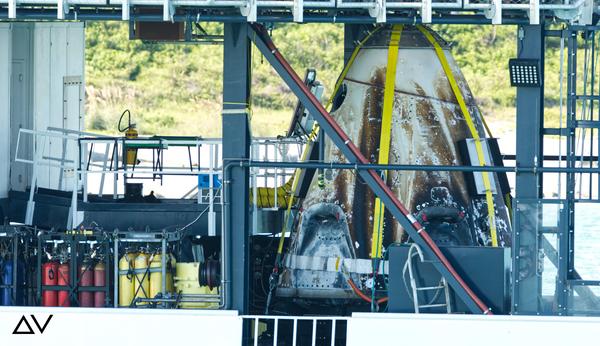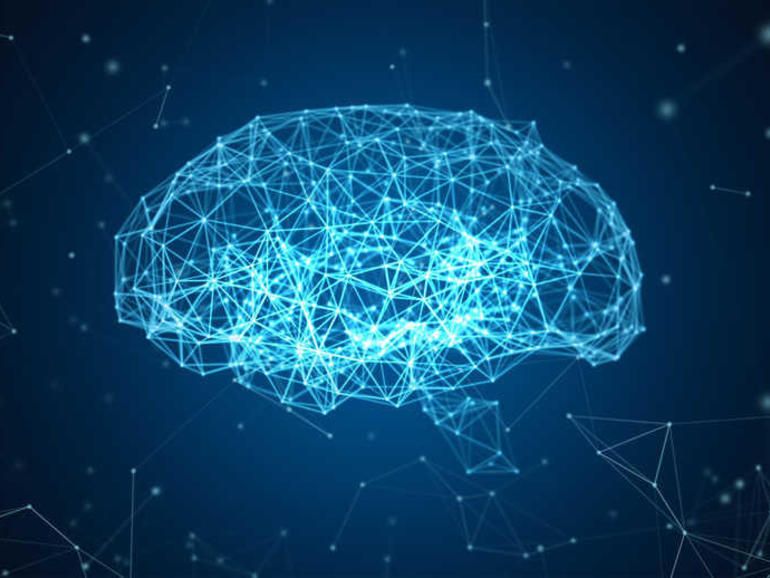Aug 10, 2020
Air Force to end agreements with Blue Origin and Northrop Grumman, prepares for launch contract protests
Posted by Genevieve Klien in category: space travel
WASHINGTON — The Air Force made the call to stick with SpaceX and United Launch Alliance as its launch providers for the next five years. Now it has to decide if and how to continue working with the companies that lost the National Security Space Launch Phase 2 competition — Blue Origin and Northrop Grumman.
An issue at hand is the termination of the Launch Service Agreement contracts that the Air Force awarded in October 2018 to Blue Origin and Northrop Grumman, as well as to ULA.
The purpose of the agreements was to help Phase 2 competitors pay for launch vehicle development and infrastructure. Blue Origin received $500 million; Northrop Grumman $792 million and ULA $967 million. The funds were to be spread out through 2024, and the Air Force from the beginning said the LSAs would be terminated with those companies that did not win a Phase 2 procurement contract.
